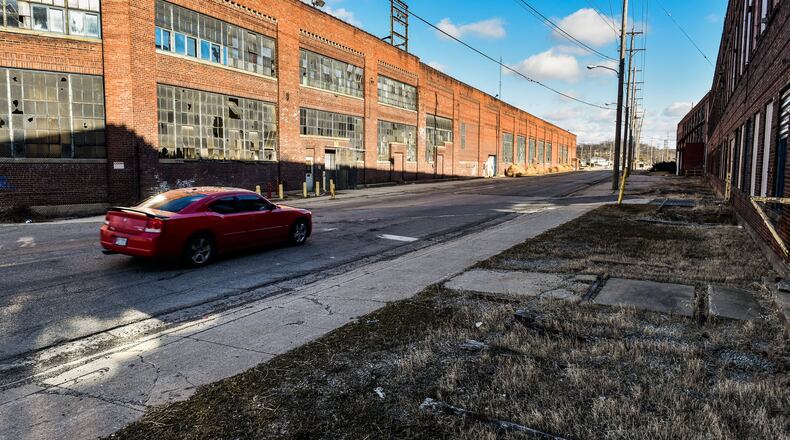Smith had proposed increasing the income taxes by cutting in half the 100-percent credit that Hamilton residents receive for paying income taxes elsewhere.
For example, a Hamilton resident who works in Cincinnati and pays that city’s 2.1 percent income tax there receives a 100-percent credit for Hamilton’s 2.0 income-tax rate. Under the proposed change, that credit would drop to 50 percent, meaning a Hamilton resident working in Cincinnati would have to pay half of Hamilton’s 2-percent rate in addition to all of Cincinnati’s 2.1 percent.
A Hamilton resident under those circumstances who earns $50,000 per year would see his or her Hamilton income taxes increase from zero now to $500 next year.
He suggested two things the city pursue:
- If Hamilton does not reach a development agreement with Spooky Nook by November, the city can roll back part of the proposed tax increase that would have helped build roads to help that development, and after that project's roadways are paid for, to finance other road improvements.
- He plans to meet in coming days with opponents to hear their suggestions for other ways to pay for the needs. He said he hopes to meet with people willing to dive into spreadsheets and share a pizza while brainstorming possibilities. By the end of Wednesday's meeting, officials had emails of more than a dozen possible participants.
Smith said he still hopes council can vote at its next meeting — 6 p.m. July 9 — on whatever tax proposal is suggested. It is unclear whether there will be a new public hearing before that vote if a new form of taxation is recommended.
In a meeting where extra seats were needed in the lobby outside City Council’s chambers, officials heard from 18 people — two of them by email — and all but two expressed opposition during their comments or told the Journal-News afterward that they were opposed.
Many said they were longtime city residents, some of them or their spouses having to work long travel distances away, like Cincinnati and Covington, Ky., because they couldn’t work closer. Some said the extra hundreds of dollars would be a significant loss for them, and some said it would prompt them to move out of the city, closer to their work; or at least would leave them with a bitter feeling toward the city.
The crowd applauded some who spoke against the tax proposal for their remarks.
Kelly Rice of the Highland Park neighborhood was like several who spoke against the increase. She said she was pleased with the recent revitalization of Hamilton and was hopeful about the Spooky Nook mega sports facility, which could draw as many as 1 million athletes and their families per year from a more than three-hour drive, spurring economic development and creating jobs in the city.
But Rice, a nurse, works in the Cincinnati suburb of Montgomery, and her husband who commutes to Covington, Ky., said, “we will consider moving out of the city.”
Ben Statzer, who has lived in the city for 14 years and has four school-aged sons, told council the tax hike would cost “several hundred dollars a year for my household.”
He said he doesn’t want to leave Hamilton, but, “I have to look at my family’s budget.”
Opponents said they would like to see others help pay. They mentioned other taxes, such as hotel taxes, a higher income-tax rate of 2.1 percent for those who work in Hamilton, and more tax help from corporations. Residents also noted the city likely will seek a street repair levy next year that will cost them more money if that passes.
Half the proposed income tax increase is to go toward firefighter and police needs, such as new 800-megahertz radios for safety forces, breathing equipment for firefighters and other equipment needs, plus replacement of two firehouses that are so old Smith said they once housed horse-drawn fire equipment.
“I hear the pain, I understand it,” Smith said, after about a dozen people had spoken.
About the Author
